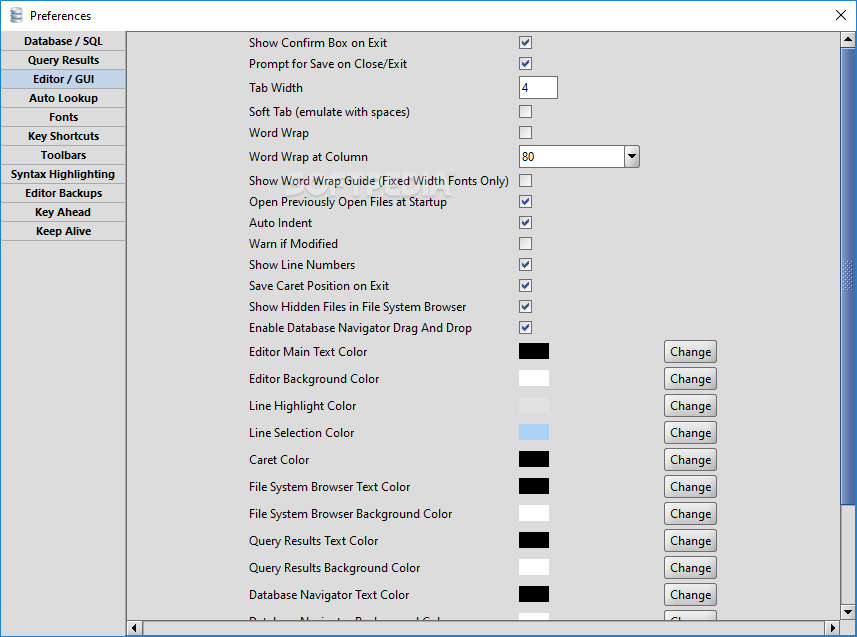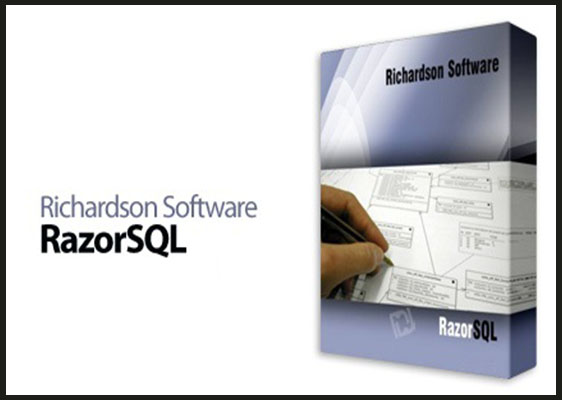

- #Razorsql partition tables how to
- #Razorsql partition tables update
- #Razorsql partition tables driver
- #Razorsql partition tables code
To connect, set the DataSource property to the path to the Access database.įor assistance in constructing the JDBC URL, use the connection string designer built into the Access JDBC Driver. The JDBC URL begins with jdbc:access: and is followed by a semicolon-separated list of connection properties.


(This property can also be set in the JDBC URL.)
#Razorsql partition tables driver
#Razorsql partition tables how to
This article shows how to connect to Access using wizards in RazorSQL.Ĭreate a JDBC Data Source for Access Data
#Razorsql partition tables update
Update and maintain partitions, indexes, and statistics to ensure optimal performance and consistency.The CData JDBC Driver for Access enables standards-based access from third-party tools, from wizards in IDEs to data management and analysis tools. After partitioning a table, test and monitor queries and operations to verify performance and functionality of your partitions. Avoid having too many or too few partitions which can cause inefficiencies or bottlenecks. Aim for a balance between too large and too small partitions depending on data characteristics and query patterns. the Create Partition option under Storage menu: When you select this option, an easy to use wizard is started to. Choose a key that is relevant and useful for queries so that you can leverage partition elimination or pruning. RazorSQL is a database query tool, SQL editor, database browser, and administration tool with built-in connection capabilities for Access, Cassandra, DB2, Derby, DynamoDB, Firebird, FrontBase. Just right click a non-partitioned table and look at the following pop-up menu i.e. The partition key is the column or expression that determines how data is divided into partitions. This will help you decide whether partitioning is necessary or beneficial, and what partitioning scheme, strategy, and function to use. Before partitioning a table, analyze the data distribution, size, and growth, as well as query frequency, type, and performance. Partitioning can be a powerful and useful technique, but it requires careful planning and testing to achieve the desired results.

You can also use partitioning to distribute the data across different servers, disks, or locations to improve load balancing and fault tolerance. You can isolate and recover individual partitions instead of the whole table, which can minimize downtime and data loss. Additionally, partitioning can increase the availability and reliability of your database by reducing the impact of failures and backups.
#Razorsql partition tables code
Code language: SQL (Structured Query Language) (sql) The PARTITION BY clause divides the rows of the result sets into partitions to which the FIRSTVALUE () function applies. Driver Location: Set this property to the path to the lib subfolder in the installation directory. The partitionclause clause has the following syntax: PARTITION BY expr1, expr2. Open the RazorSQL application and, in the Connections menu, select Add Connection Profile -> Other -> JDBC. You can perform these operations on individual partitions instead of the whole table, which can reduce the locking, logging, and resource consumption. Create a JDBC Data Source for SQL Server Data. Partitioning can also simplify the tasks of loading, updating, deleting, or archiving data. This can improve the response time and throughput of your queries, especially if you use indexes and partitions wisely. By dividing a large table into smaller ones, you can reduce the amount of data that needs to be scanned, sorted, or joined. Partitioning can offer several advantages for your database testing and development, such as faster queries, easier maintenance, and higher availability.


 0 kommentar(er)
0 kommentar(er)
